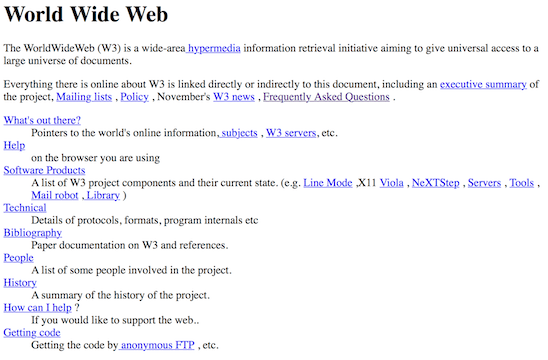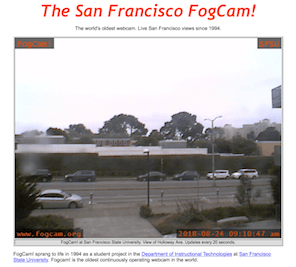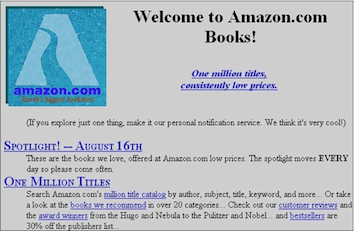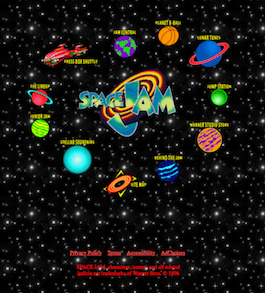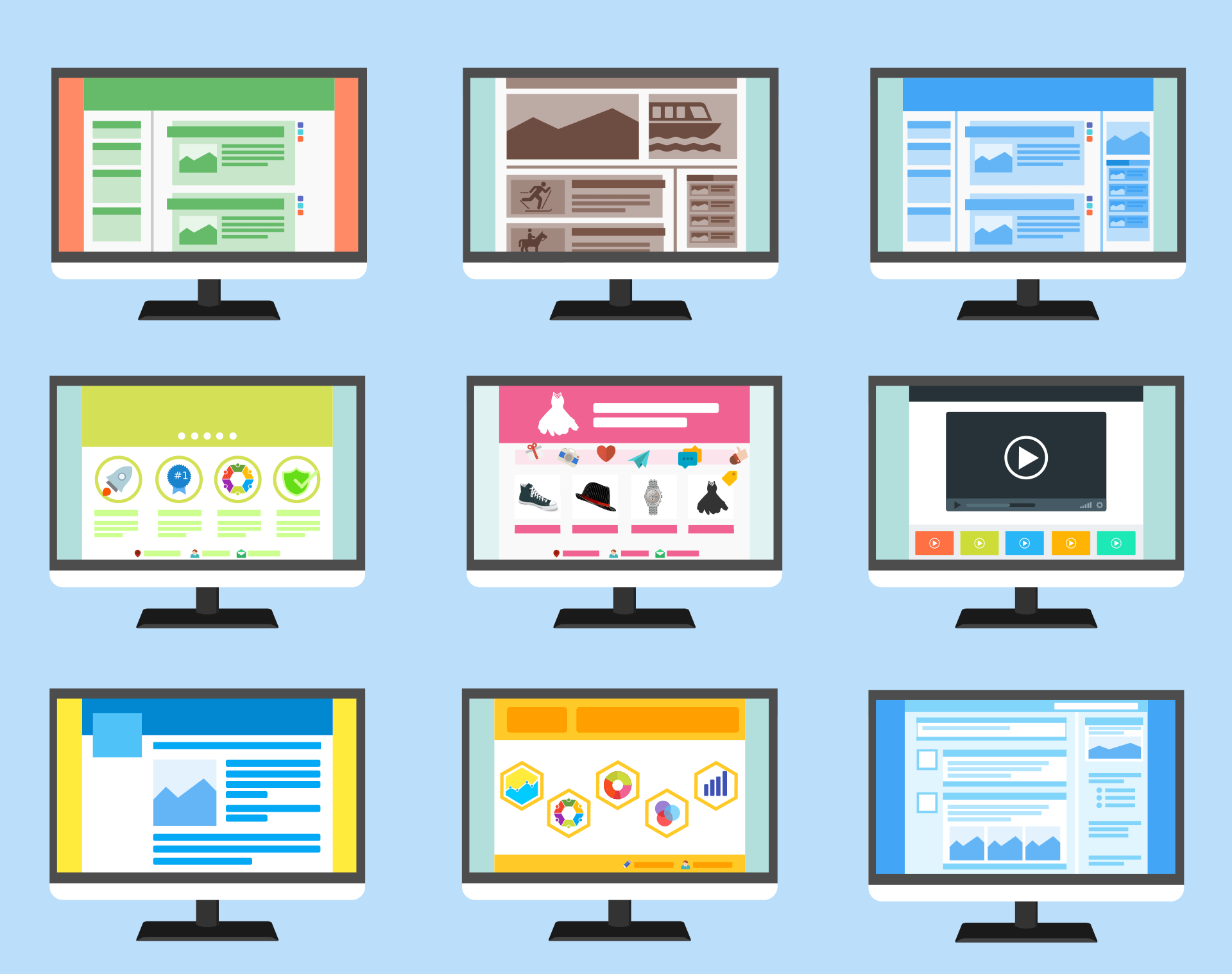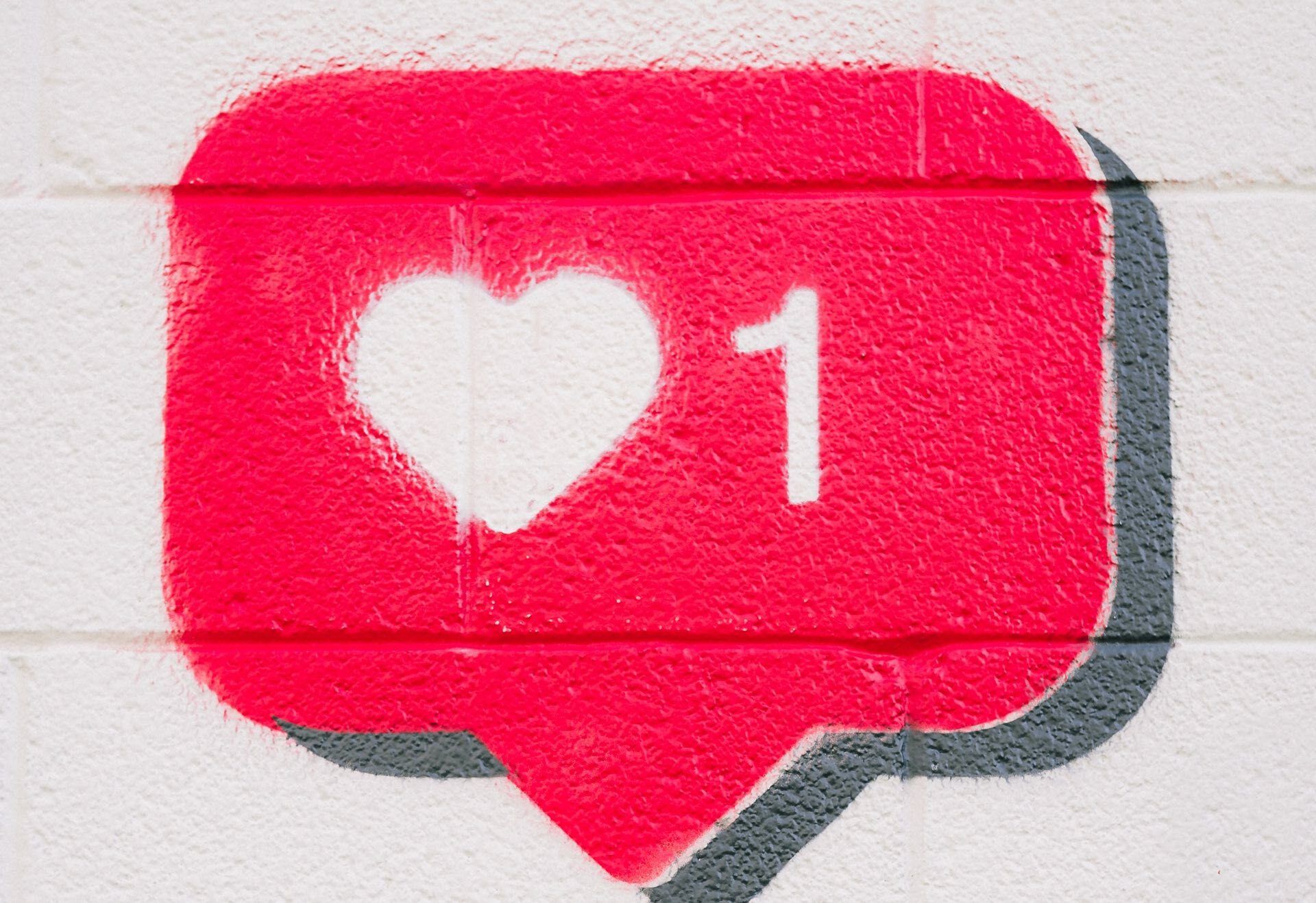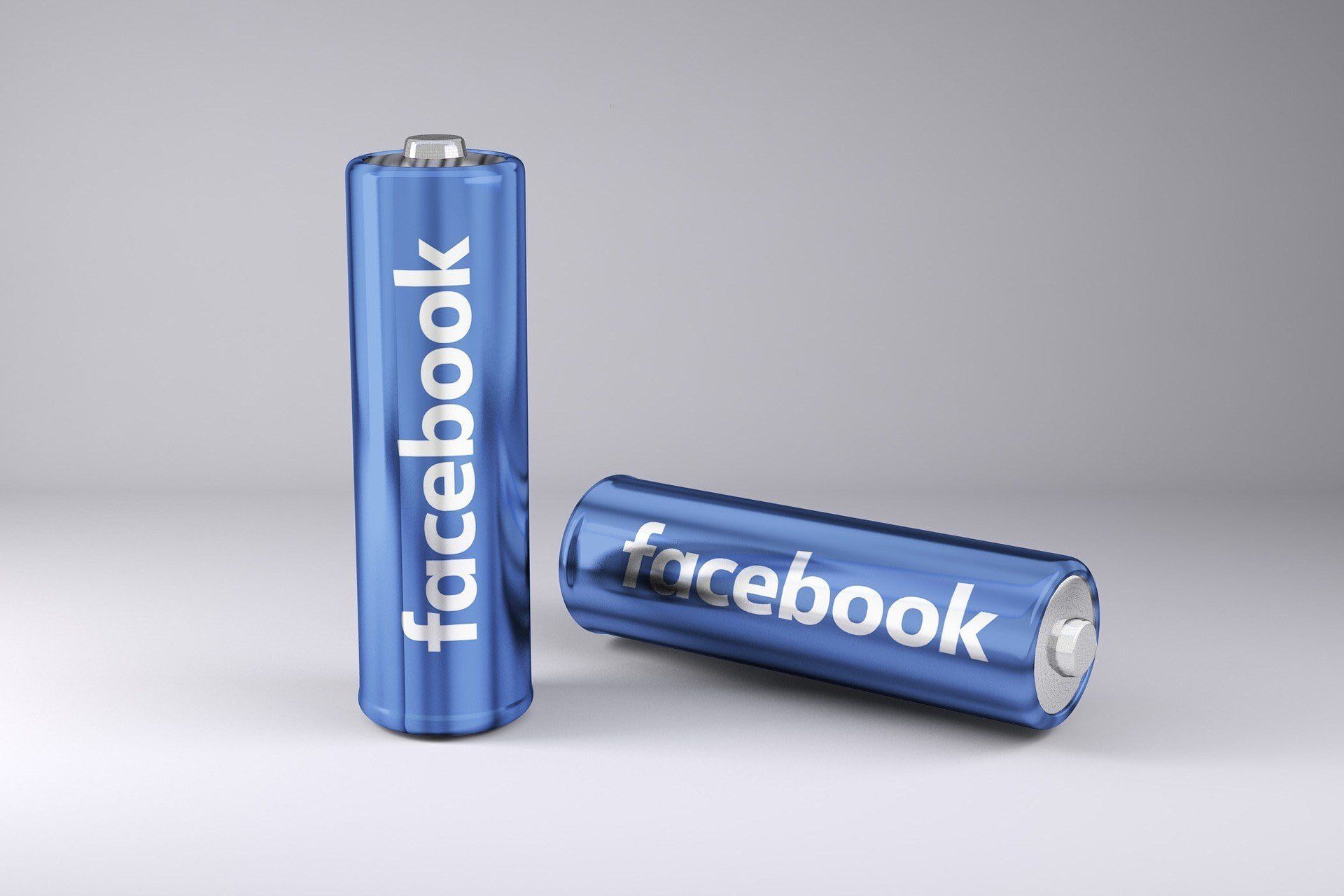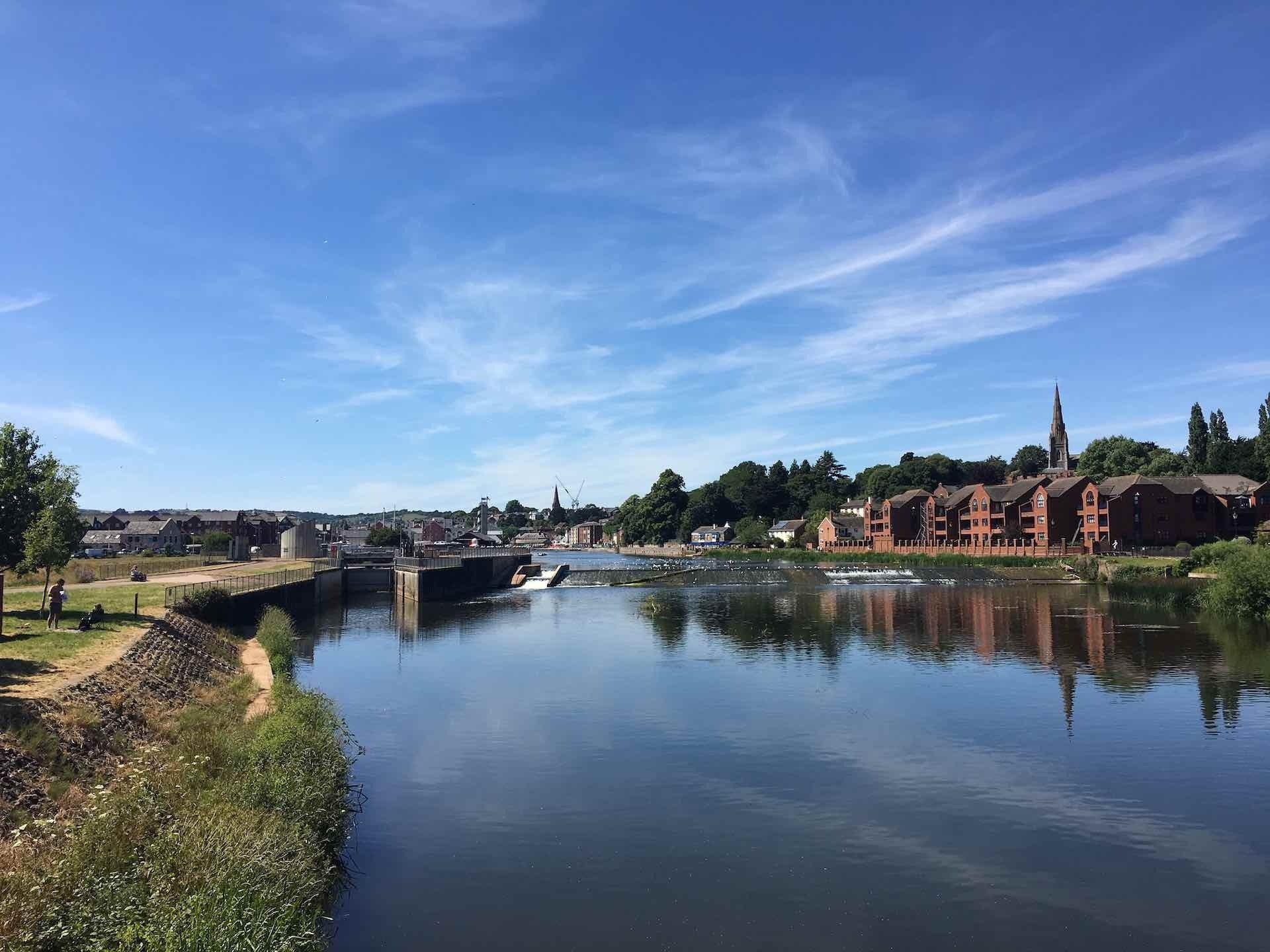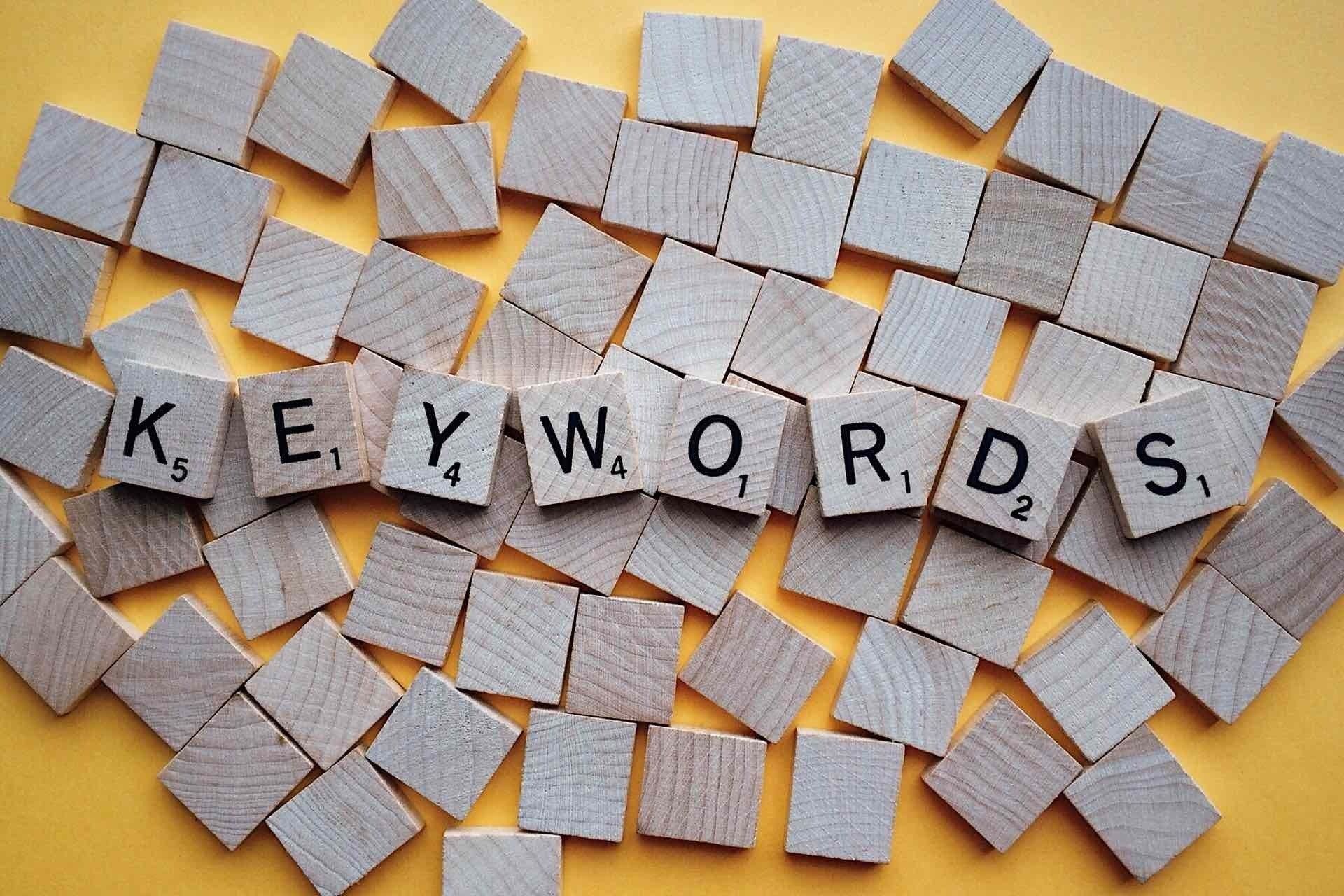Web design nostalgia
An amble down web design memory lane
In the dim and distant past …
… the internet was a rather spartan affair, at least when it came to website design. Imagine life before animated graphics, myriad fonts, music, sound, and moving backgrounds.
Back then, it was a world of text-only pages, followed by, wonder of wonders, tables within tables and grid formats.
Pioneers who paved the way
Let’s take a look at some of those early game-changing sites.
They are still out there on internet, characterised by vision, innovation, ambition and humour. Those pioneers realised early on what the internet could bring to everyday life and commerce.
The internet would not have been possible without ‘father of the web’ Tim Berners-Lee, who conceived and created the first prototype website whilst he was a researcher at the European Organisation for Nuclear Research (CERN).
Published in 1990 it contained the blueprint for early website design and structure: hyperlinks, a site map, something akin to an About page, and contact information.
Sir Berners-Lee said, ‘I found it frustrating that in those days, there was different information on different computers, but you had to log on to different computers to get at it.
‘Also, sometimes you had to learn a different program on each computer. So finding out how things worked was really difficult.’
In those days, the ‘internet’ was a group of static documents, used almost exclusively by defence organisations and academic institutions.
CERN released the source code of Berners-Lee's hypertext project, WorldWideWeb, into the public domain. The World Wide Web became free software, available to all.
The move had an immediate effect on the spread of the web.
By late 1993 there are over 500 known web servers, and the web now accounts for 1 per cent of internet traffic.
1993 and the arrival of the landing page
MTV, ever alert to new trends, realised the importance of landing pages early on. This was a time when there were still only 623 websites. This was a time when the world wide web/internet/net did not even know quite what to call itself.
Do you remember VJ Adam Curry and his flowing heavy metal locks? He set up MTV’s website unofficially, off his own bat. The landing page took ages to download but the graphics and design made it worthwhile.
When he left the music station a year later, he went into what we now call digital marketing, setting up his own company, which later went public. Oh, and he also starred in his own reality television – he was clearly someone with his finger on the pulse.
Another milestone that year was the appearance of the first clickable banner. It was for a law firm in Silicon Valley – where else? The internet was taking off and so was design.
1994 San Francisco Fog Cam
This was the year Netscape brought us the first browser.
Showing remarkable prescience, and years before the cult of webcams and vlogging, San Francisco State University students Jeff Schwartz and Dan Wong used their webcam to beam images across the world wide web, with a shot taken every minute.
It helped promote the university and its status as a leading player in technological innovation and research.
It would be years before the potential of video was fully exploited.
Enter Amazon
As Brian McCullough, creator of Internet History Podcast , says, ‘The history of e-commerce begins and ends with Amazon.’ But with Amazon’s current domination, it’s easy to forget its humble beginnings.
Founded by Jeff Bezos on July 5, 1994, its landing page is, in some ways, rather unprepossessing. It gets the job done, however. The copy offered the same template for success as Amazon does today: huge choice at ‘consistently low prices’.
Though rather cluttered, the page allows you to edit your own account easily, as well as find recommendations.
‘Eyes and Editors, A Personal Notification Service’ meant you could sign up to receive all the latest news and publications of your favourite writers. What better hook for bibliophiles and book worms?
Balance Careers writes:
‘In 1999, just five years after he started Amazon, Jeff Bezos was named Time magazine's "Person of the Year." He received this honour largely because of the company's success in popularising online shopping.’
E-commerce lives or dies on reliability. And one can only admire its technical innovations and bewilderingly complex large-scale computing.
And why the name Amazon? Bezos knew that the name was ‘exotic and different’. More importantly, he saw the advantage of the name in alphabetical listings.
1996 Google
By 1996, it was all happening for the internet. What was becoming known as the ‘Dot com boom’ seemed unstoppable, with shares soaring.
Larry Page and Sergey Brin, PhD students at Standford University, California, created what has become the world’s default search engine.
The simplicity of the page itself and the logo’s colours have instant appeal.
Ruth Kedar, the graphic designer who developed the now-famous logo, explains, ‘There were a lot of different color iterations. We ended up with the primary colors, but instead of having the pattern go in order, we put a secondary color on the L, which brought back the idea that Google doesn't follow the rules.’
40,000 see that logo every second, or 3.5 billion a day.
For more on how to make the most of colours on your website, read our piece Web design and colour scheming.
Space Jam
The same year brought us this cult site . We love this early example of web designers using the internet to promote films.
Folklore has it that the site’s development was plagued with difficulty from the outset with tech and legal difficulties. Images rights proved a particular sticking point: the film’s star was none other than Michael Jordan.
But it was all worth it in the end. Alongside playful Looney Tunes graphics set against the distinctive intergalactic background, the site offers ‘cool links and highjinx’, whilst making the most of basketball star.
There was also a site map. Otherwise those early adopters of the web would have lost their way.
Final thoughts
All this begs the questions: were things simpler then? Were the constraints of web design a help rather than a hindrance? Less is often more. Can we now do too much? Do we have too many tricks up our sleeve?
The temptation is to dazzle the web visitor with a plethora of fireworks.
But if they all go off at once, the message gets lost.
For more insights into contemporary website design, read our piece on ‘ How to spot great web design ’, or get in touch with us at QuayClick. We're a web design and digital marketing agency based in Exeter, Devon.
Sources
https://theblog.adobe.com/look-back-in-time-at-some-of-the-worlds-first-websites/
https://blog.uptrends.com/internet/6-internet-fossils-websites-from-the-90s-that-still-work/
https://blog.hubspot.com/marketing/web-design-history
http://blog.froont.com/brief-history-of-web-design-for-designers/
https://ignitevisibility.com/what-is-digital-marketing/
http://www.arunagrawal.com/2014/04/20/interview-declan-dunn-pioneer-internet-marketing/
Ogilvy on Advertising in the Digital Age by Miles Young
100 Ideas that Changed Advertising by Simon Veksner
The Big Switch: Rewiring the World, from Edison to Google by Nicholas Carr
http://time.com/4960202/most-influential-websites/
https://blog.hubspot.com/marketing/website-redesigns-then-now-tbt
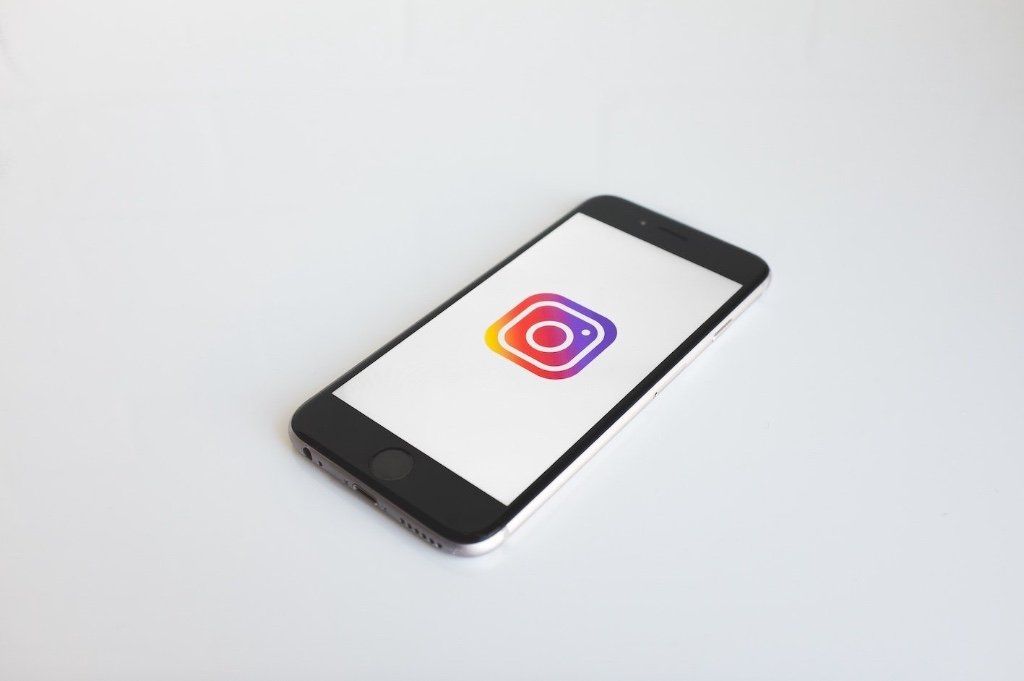
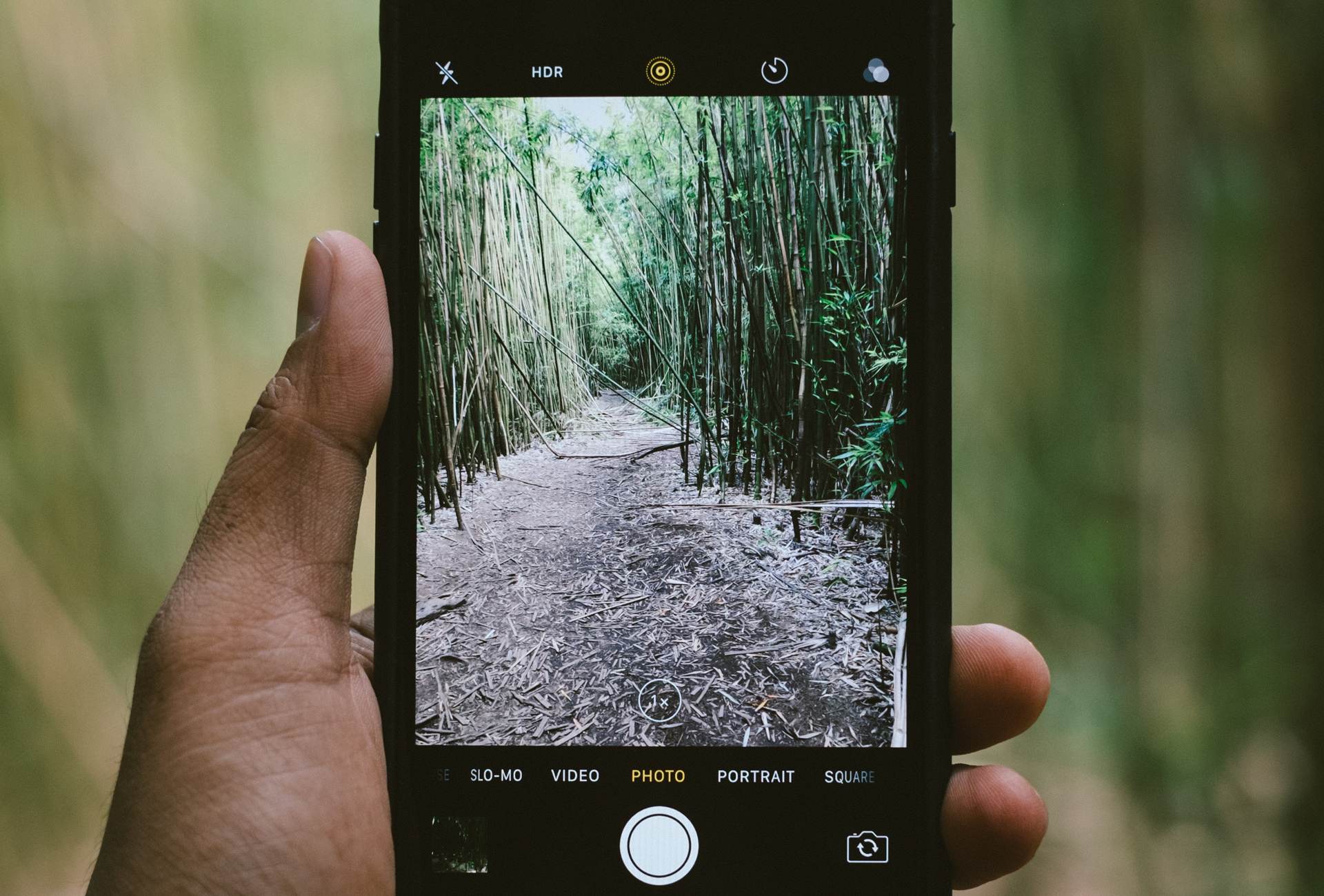
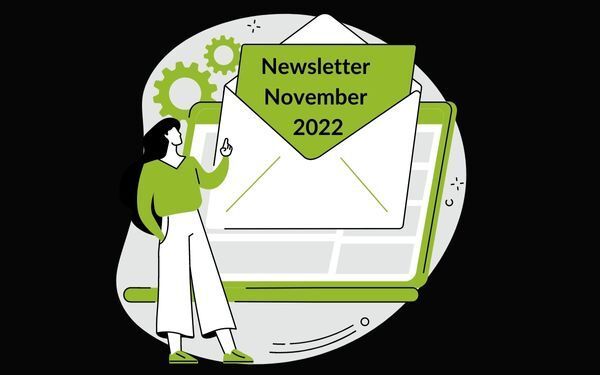

QUICK LINKS
QC Newsletter sign-up
We will get back to you as soon as possible.
Please try again later.
All Rights Reserved | QuayClick Marketing Ltd
We’re a website design and digital marketing agency based in Exeter. We help businesses grow online and have over 20 years of experience in Web Design. We offer several inbound strategies, including paid search and SEO. In addition, our content team can help with copywriting and email campaigns.



